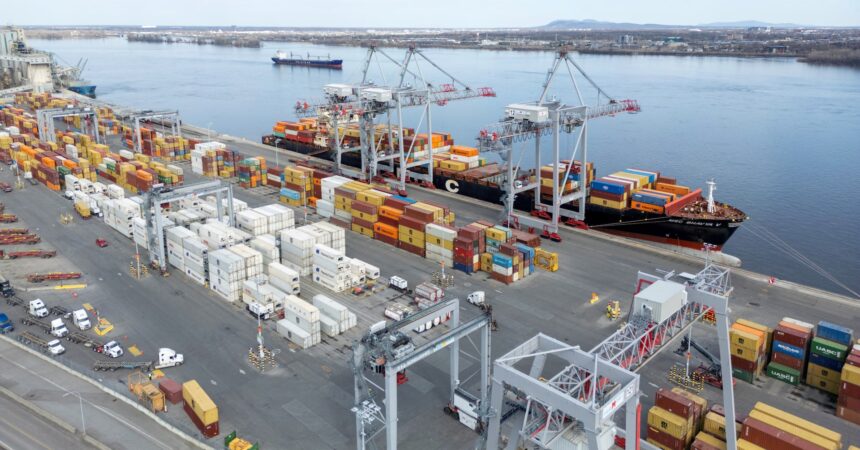The numbers tell a troubling story on Canada’s economic horizon. Canada’s trade deficit ballooned to C$3.89 billion ($2.85 billion) in August 2025, significantly exceeding economists’ predictions and marking the fourth consecutive month of widening gaps between what Canada sells to the world and what it buys.
Statistics Canada released the sobering data Tuesday morning, showing the deficit nearly doubled from July’s revised C$2.22 billion shortfall. Analysts had projected a more modest C$2.50 billion deficit, but a sharp 2.5% drop in exports—falling to C$64.15 billion—derailed those expectations.
“We’re seeing troubling signs of weakening external demand,” said Martha Rodríguez, chief economist at Vancouver Economic Partners. “The combination of global economic headwinds and domestic manufacturing challenges is creating a perfect storm for Canadian exporters.”
The decline hit multiple sectors simultaneously. Energy exports—traditionally Canada’s economic backbone—dropped 5.7% as crude oil shipments fell both in volume and value. Metal and mineral product exports declined 4.2%, while consumer goods shipments retreated 2.9% amid softening demand in key markets.
Meanwhile, imports remained relatively stable, edging down just 0.2% to C$68.04 billion, as Canadians continued purchasing foreign goods despite economic pressures. This resilience in imports while exports falter has economists concerned about Canada’s economic trajectory heading into 2026.
The Bank of Canada’s recent monetary policy decisions now face increased scrutiny. After cutting its key interest rate to 3.50% in September—the fourth reduction in 2025—the central bank must balance supporting economic growth against potential currency weakness that could further worsen trade imbalances.
“The trade deficit widening puts the Bank of Canada in a difficult position,” said James Wong, senior trade analyst at Western Financial Group. “They need to stimulate growth, but aggressive rate cuts could weaken the loonie and make our trade position even worse.”
For everyday Canadians, the widening trade deficit signals potential economic challenges ahead. When a country consistently imports more than it exports, it can lead to job pressures in manufacturing and resource sectors, while potentially contributing to currency depreciation that makes foreign goods more expensive.
Looking geographically, the numbers reveal Canada’s trading relationship with its largest partner remains imbalanced. The merchandise trade deficit with the United States widened to C$12.78 billion in August from C$10.56 billion in July, while the deficit with countries other than the U.S. narrowed slightly to C$7.31 billion.
As autumn economic forecasts emerge across CO24 Business, attention now turns to whether September will bring a fifth consecutive month of deficit expansion or if export markets will stabilize. With global economic uncertainties persisting and domestic challenges mounting, Canada’s trade balance has become a critical indicator of the nation’s economic resilience heading into an increasingly unpredictable 2026.














